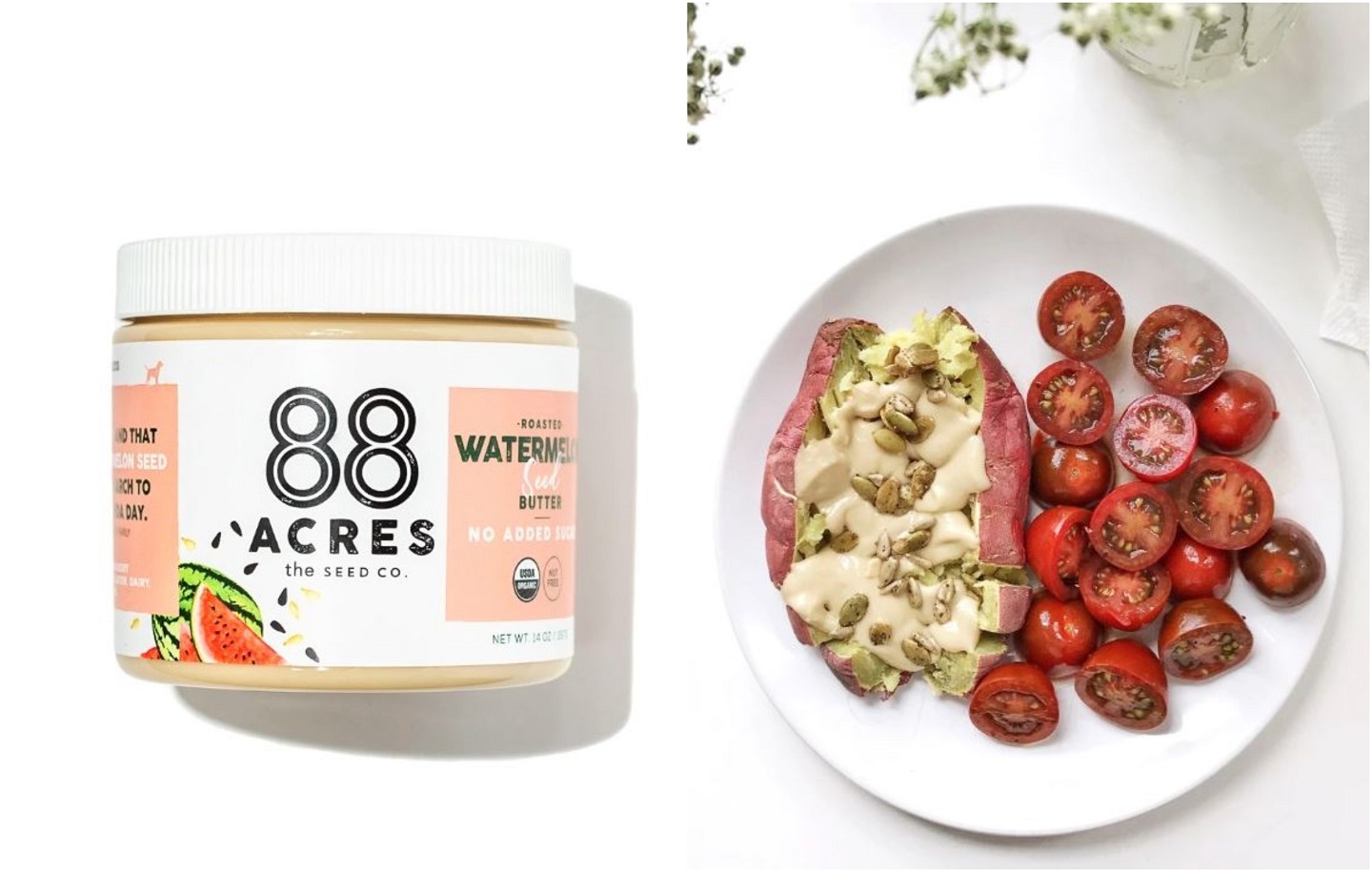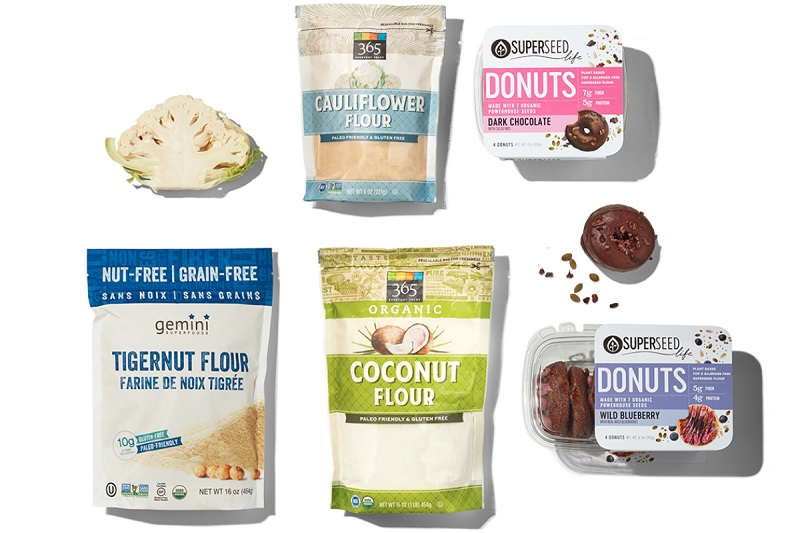
The watermelon seed butter by 88 Acres tastes like tahini (Photo: 88 Acres)
Culinary experts and buyers have walked the supermarket aisles, visited eateries and sat at tables and drawn up their lists of top food, grocery, dining and flavour trends for 2020.
Here are some forecasts by US multinational supermarket chain Whole Foods Market, global hotel development and management company Benchmark and Toronto-based THP, which provides content and social media services for brand managers and marketers.
Grab-and-go is becoming the habit of those who are pressed for time but still want regular meals. So refrigerated, single serve packages filled with fresh fruits and vegetables, nuts, eggs, meats, soups and dips come in handy. Chilled snacks, which use less preservatives and more fresh items, reduce ingredient lists and guesswork, which serves health-conscious consumers well. Besides, their smaller portions fit easily into satchels and can be eaten on the run.
The good news for vegans is new spreadable alternatives made from seeds and nuts are making their way to grocers’ shelves. Take your pick of pumpkin butter, chickpea butter, watermelon butter and spreads made from pili, a new superfood that is delicious and has a creamy texture which, Vogue says, is evocative of “plant-based foie gras”.
These new spreadable alternatives work for keto and paleo diets, which focus, respectively, on eating healthful fat, protein and carbohydrates and the foods cavemen ate. They also promote the use of nuts grown in ways that are less likely to affect the environment.
But if you must have meat, there is room on grocers’ shelves for meatplant products — protein burgers made from beef, mushrooms and pea protein, sausages and meatballs that combine chicken with black beans and quinoa, or nuggets that mix chicken with cauliflower and chickpeas.
In June, Reuters estimated that the market for meat-plant blend options will be worth US$100 billion (about RM415 billion) by 2035 “as consumers seek to reduce meat consumption amid growing concerns over health risks and environmental hazards of industrial animal farming”.
The new products may even get children to eat more greens. “They are like Trojan horses made of vegetables making it onto kids’ plates and into their stomachs,” states the report, quoting Eric Christianson, chief marketing officer of US chicken producer Perdue Foods.
whole_food_2.jpg

Millennial parents who are into healthy eating want the same for their children, so consumers can expect increasing and more varied choices for little foodies, such as pastas made from alternative flour, non-breaded salmon fish sticks and organic chicken nuggets.
“[Brands are] bridging the gap from old-school basic kids’ menus and taking more sophisticated younger palates into consideration,” says Whole Foods. Many are doing it the organic way — the 2019 data from the US Department of Agriculture shows that organic products are available in three out of four conventional grocery stores in the country.
Alternative flours made from nuts, bananas, coconut, amaranth and even spent grain have found their way into baked products and packaged foods. Soy, a staple of the flexitarian diet but to which some are allergic, has been joined by other plant-based substitutes, such as mung bean, hempseed and avocado. And besides stevia, honey and typical sugars, consumers can reach for syrups made from sorghum or sweet potato on the shelves.
Less is more for those who choose to say no to alcohol, as zero-proof or spirit-free concoctions pop up in speciality stores and bar menus. These “faux-spirits” could be a martini minus the vodka or gin, hops-infused sparkling waters or a cocktail that combines mint and lime with pomegranate seeds and juice. So, those who fancy late nights out trying new food trends can also drink and drive.


